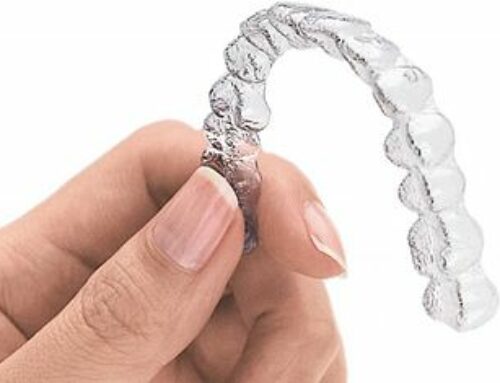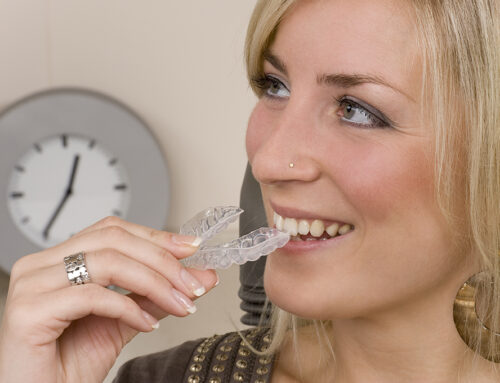Invisalign was released in 1999 and by 2014, a mere 2.4 million people had tried the aligners.

In comparison, another 4 million patients have chosen them over traditional braces for their dental corrections since 2014.
That is a 60 percent increase in the use of Invisalign products in just five years.
While patients once viewed Invisalign as being out of reach, changes to the trays and the willingness of dental insurance providers to cover the treatments have led to lower costs.
With such a marked reduction in out-of-pocket costs, patients are finding it easier than ever to invest in their smiles.
Considering Invisalign?
The development of clear plastic trays as an alternative to traditional metal braces provided a discreet option to adults wishing to improve their smiles.
The Invisalign system has been clearly effective for correcting mild to moderately crowded or gaping front teeth.
The aligners have also proved useful in patients who have suffered relapses following the completion of prior orthodontic treatments.
After the completion of a written evaluation, diagnosis, and treatment plan, your orthodontist will take dental impressions.
Technicians then create up to 48 stages of the transparent trays that will move the teeth .25 to .33 millimeters in the desired direction.
Will you pay in cash?
Despite recent cost reductions, a typical Invisalign treatment will cost somewhere between $3,500 and $8,000. Those with dental insurance will only pay a fraction of these costs.
Usually as a percentage of the total or a co-payment that is due at the time of each visit. Those without dental insurance will often choose to save the entire amount ahead of time.
Patients who will pay out of their own pockets are forced to wait for treatment until they have the necessary funds.
Conversely, others decide not to wait and will instead find an orthodontist in order to begin their treatment as soon as possible.
In these cases, patients can start the realignment process right away, but they will need to carefully manage their finances until it has been completed.
Ready for a commitment?
Patients considering Invisalign must be sure they will have enough time available for the proper use of treatment trays throughout the entire process.
Clear alignment trays are meant to be worn at least 20 hours per day giving patients very little time to remove them for eating and hygiene care. The additional time needed for maintaining Invisalign trays should also be well considered by potential patients.
On average, Invisalign treatments take nearly 14 months to complete. For those seeking only mild corrections, fewer trays will be needed while more complicated issues will require a longer commitment.
Likewise, an inability to adhere to the daily recommended amount of time also causes extensions to treatment.
Your orthodontist will be able to further explain the timelines and required duties associated with your specific Invisalign treatment.
In the beginning, the costs associated with Invisalign for the correction of crooked, crowded, or protruding teeth made the treatments unavailable to most patients.
Dental insurance providers deemed cosmetic procedures unnecessary, but did eventually began covering policyholders for cosmetic procedures.






